Last night, we got our first look at the PlayStation 5‘s upcoming titles and what the actual system looks like itself. We got a closer breakdown of the DualSense controller, and generally, hype levels are through the roof. For Virtual Reality (VR) fans, though, there was a saddening absence: PlayStation VR 2 (PSVR 2) wasn’t shown or even teased.
Not that we expected such a major peripheral to get revealed and steal the limelight from the PS5, but the link between a new PlayStation system and a new VR peripheral is strong. As such, we began thinking through what Sony would need to bring with PSVR 2 to keep up with the competition.
Inside-Out Tracking
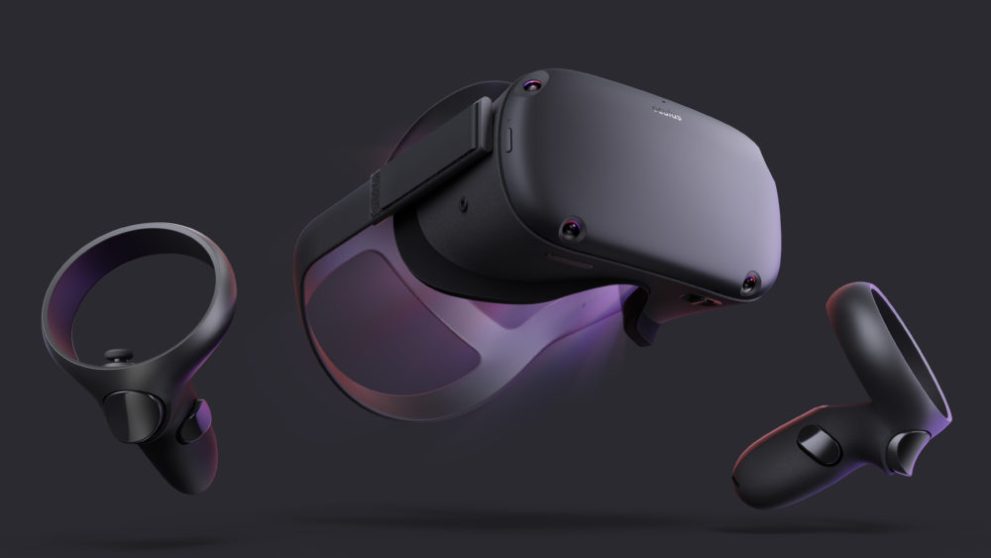
Since the original PSVR’s release back in 2017, the VR landscape has already evolved substantially. The HMD’s PC counterparts have already made leaps in simplifying the set-up process, and generally making the whole thing feel that little bit more accessible.
Inside-out tracking is a key part of this streamlining process, removing the need for any cameras or ‘base stations’ to be placed around your room to track your movement within your play area.
A VR device using inside-out tracking determines how its position changes in relation to its environment. When the headset moves, the sensors readjust its place in the room and the virtual environment responds accordingly in real-time.
By implementing inside-out tracking in PSVR 2, it’d not only help to partially streamline the set-up process for PSVR 2 but could also help improve the tracking accuracy of the headset itself. This, in turn, would make your VR experience far more immersive, which is always a winner.
Improved Resolution
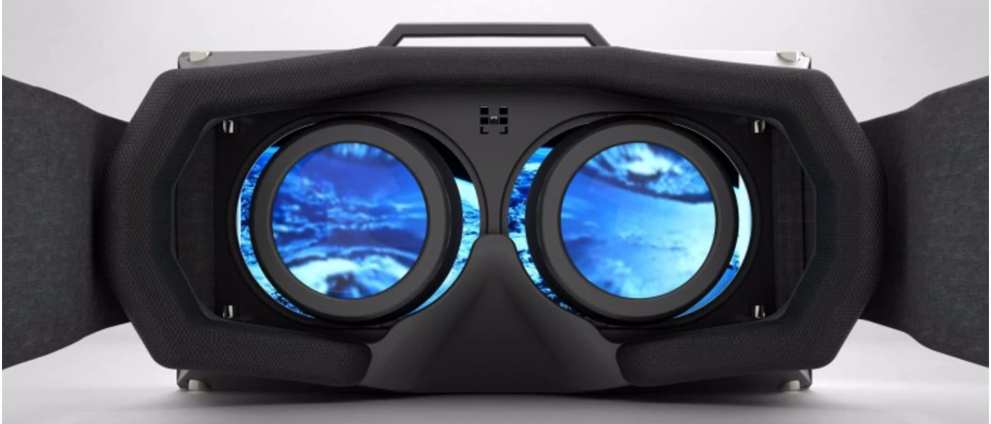
It’d be remiss of me to ignore one of the big elephants in the room when it comes to PSVR. Despite its excellent price point, the headset’s resolution does come in at the lower end of the VR headset spectrum at a single 960 x 1080 display. It’s not like it’s unplayable, but the worlds you’re diving into could look that little bit richer and sharper if the PSVR 2 got a resolution upgrade.
To give you a comparison, the Oculus Quest — Oculus’ wireless, standalone VR headset — has a resolution of 1440 x 1600, the HTC Vice comes in at 1080 x 1200, and the Oculus Rift S’ resolution is 1280 x 1440.
That being said, the original PSVR does boast a max refresh rate of 120Hz, which is a comfortable joint second only beaten out by the Valve Index’s 144Hz.
If Sony could somehow find a way to marry together the excellent refresh rate of the original PSVR’s display, with a higher resolution screen, it’d really take the fight to the competition. Not to mention offer a far superior VR experience over its predecessor.
Better Motion Controllers
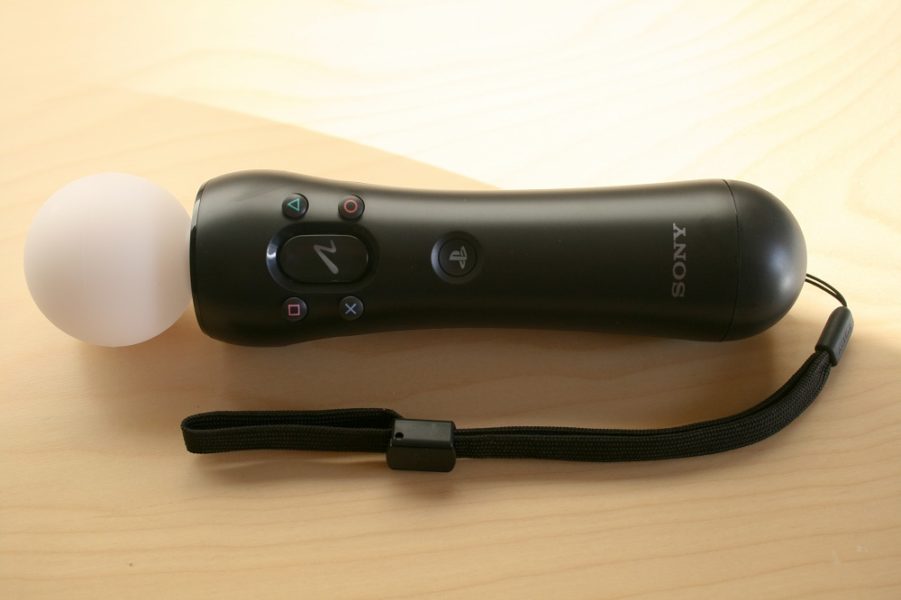
Despite the resolution being low, the PSVR’s screen isn’t the most outdated component, or that most desperately require an upgrade. That honor goes to the PlayStation Move Controllers that players dual wield to interact with their virtual world. Sadly, combined with the PS4’s camera, the tracking just isn’t good enough from this circa 2009 tech.
That means you can expect the tracking to fall off frequently, requiring regular resets. It also doesn’t offer the same level of accuracy as Oculus Touch controllers, which are by far the best out their right now.
If PSVR 2 was to go the inside-out tracking option, that’d remove one need for the camera to be included as part of the set-up. Remove these archaic (slightly dramatic, yes, perhaps) peripherals from your set-up for a move high-tech and accurate alternative motion controller and you’ve removed the need for the PlayStation Camera.
That’s two birds with one stone right there.
A Simpler Set-Up

We’ve already touched on this a fair amount above, but it needs to really be highlighted how frustrating the PSVR’s set-up is currently.
You need the splitter box attached between your HDMI cable and TV, requiring you to have two HDMIs, a camera set-up, the PSVR going into the junction splitter box, and two different parts of a chunky cable attaching the headset to said splitter and the rest of the console.
It’s an arduous set-up and one that leaves the back of your PS4 looking like a top-down view of Spaghetti Junction. It’s also become the sole reason I seldom use my PSVR now, despite loving virtual reality experiences. It’s simply too much effort to unpack and put back away for a quick hour or two blast. Having spoken to other PSVR owners, I’m certainly not the only one.
In an ideal world, PSVR 2 is a completely wireless experience, but even removing the need for the splitter box and PlayStation Camera would be huge steps in the right direction.
PSVR Backwards Compatibility from Day One
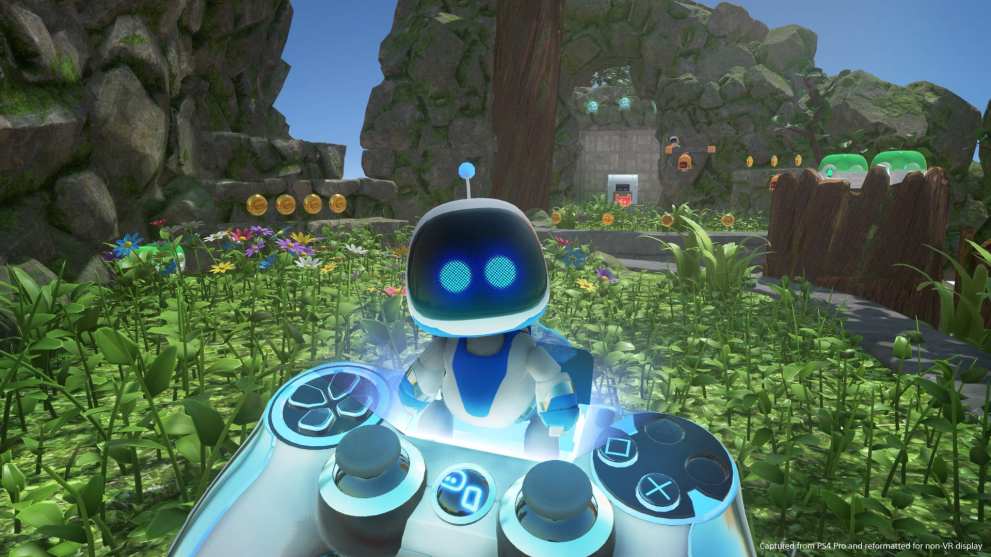
This is less a physical design choice and more something that can make the PSVR 2 that little bit more compelling from the release date.
The PlayStation VR without a doubt has one of the best VR libraries you can access right now, so what a way to bolster the PSVR 2’s library than to give it backward compatibility to the full PSVR library?
Titles like Astro Bot, Moss, Blood & Truth, Beat Saber, Tetris Effect, and Rez just to name a few available right away. Just take our money!
If VR wants to continue to grow, the support from developers needs to be clear and consistent. At least this way players would have something to dive into while developers work on experiences ready to make the most of the PSVR 2’s (and PS5’s) improved graphical horsepower.
Continuation of Excellent First-Party Support
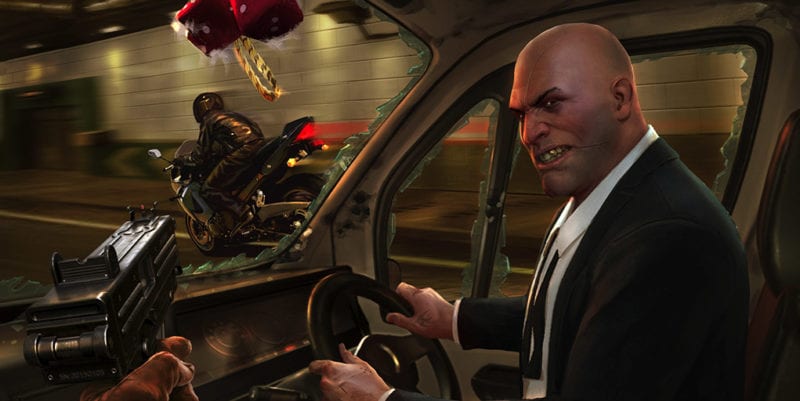
As we touched on above, one of the biggest selling points for the PSVR is its excellent library of games. While some of these come from third-parties like Tetris Effect, Moss, and Beat Saber, others like Blood & Truth and Astro Bot are first-party titles you can’t find anywhere else.
They’re some of the most immersive and enjoyable VR experiences we’ve had the joy of checking out, and we pray that Sony continues its outstanding support of the medium.
Give us a new VR IP. Take some of those classic PlayStation franchises and let us play around in those worlds in VR. More Until Dawn on-rails shooting. A Last of Us or Uncharted experience akin to Moss. If anyone’s capable of delivering a stellar line-up of VR exclusives, it’s Sony. Now it’s just a case of playing the waiting game.
